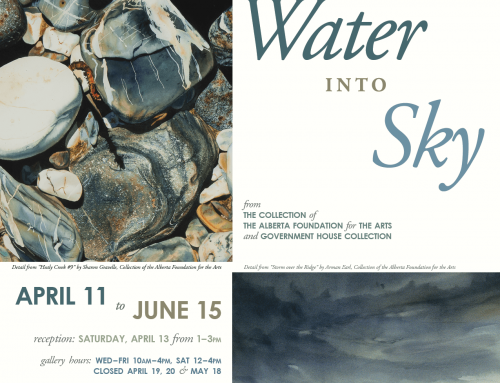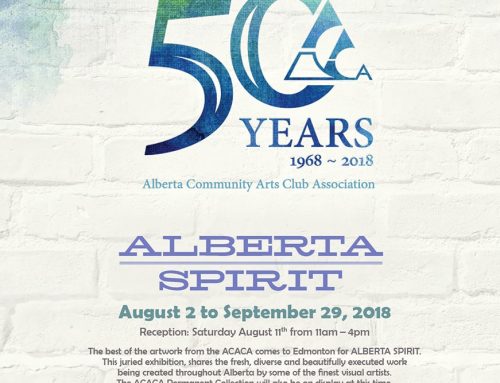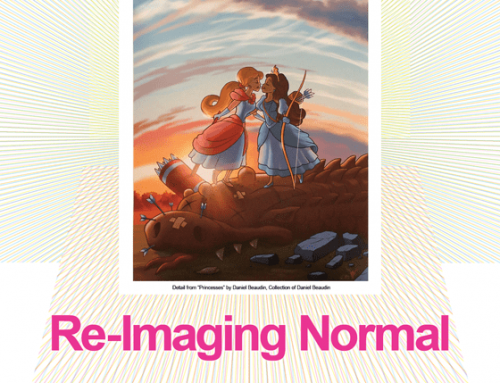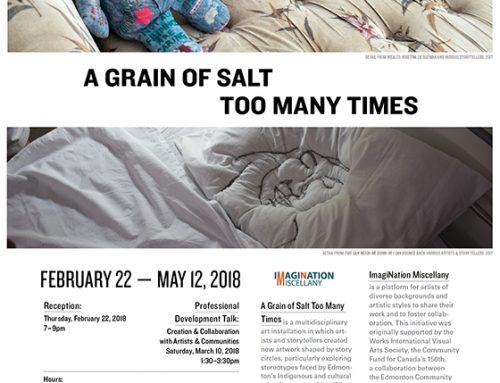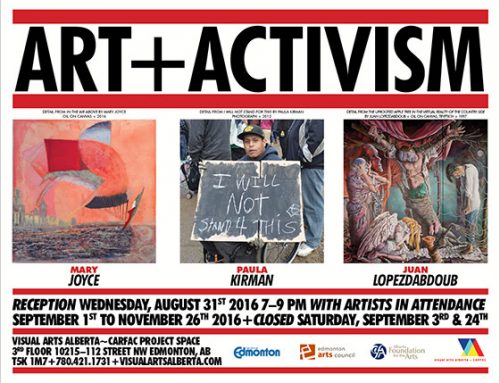In anticipation for the exhibition “Light Horse Tales of an Afghan War”by St. Albert sculptor, and artist Al Henderson, I (Chris W. Carson, Executive Director, VAAA) asked the artist some questions to give us some insight into how Al Henderson thinks about art. This exhibition opens at the Visual Arts Alberta Gallery in Edmonton on Thursday October 06th, 2011
CWC: Who are you and what do you do?
AH: Most of my work focuses on a single figure. Many of these have a classical feel. And, while I am obviously concerned with what a piece looks like, I am often equally concerned with the meanings embedded within them.
I am always conscious of the fact that what I make is the subject presented and an object apart from that initial inspiration. My love of older traditions in art is evident, but I play around with expectations arising from that tradition even as I honour it. This approach to art is what gives my work its strange familiarity.
CWC: Tell me about your upcoming show “Light Horse Tales of an Afghan War”that opens at the Visual Arts Alberta Gallery on October 06th, 2011?
AH: The work I am engaged in now developed out of the stories of friends and former colleagues in the military. These stories were so powerful that I felt it necessary to devote my entire attention to them for more than two years. ‘Light Horse Tales of an Afghan War’ now comprises more than 17 new works, prints and sculptures, in a variety of materials. A selection of these works an some of the material that were a part of that creative process will be on view this fall at the VAAA.
CWC: How did your experiences in the military influence your artwork?
AH: Perhaps the most noticeable, maybe not noticeable to everyone, most important, if unnoticed, influence on my approach to this material is the view that large contemporary and historical events are personal events at their core. That viewpoint led to choices about what to present and how to present it. The personal is often bizarre, it has elements of general experience but it is particular, odd, and can be incoherent. My artistic experiences add a view of memory and tribute as a communal activity as well. The result is a collection of national and personal souvenirs of the war. Had I not been in the military my starting point would likely have been different.
CWC: What do you feel about Canada’s military role in Afghanistan? And how to you feel about Canada pulling out of Afghanistan?
AH: I think the current war in Afghanistan is both unique and the same as all the other wars have been or are likely to be. Like most people I have my own opinions on current events but the work found in Light Horse Tales is not concerned with specific strategies like the nations ‘military role’ or whether or not we ‘pull out’ so I’ll leave that discussion for other people or another time.
CWC: Why should we see your upcoming show?
AH: 
The work itself shows a familiar topic from an unfamiliar perspective. The artistic approach to this material is unusual. It elicits responses in a way that historians, writers, photographers and officially embedded war artists cannot. That the work touches on some of the things we value most through the representation of some of the things we most despise is also unusual and something worth taking the time to see.


